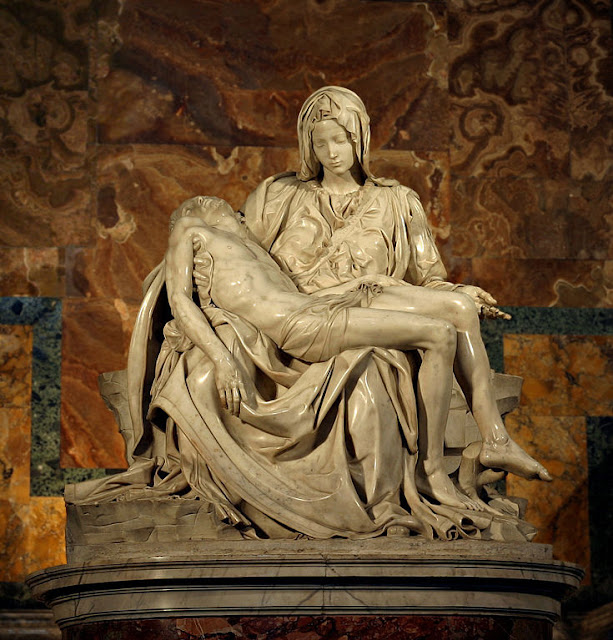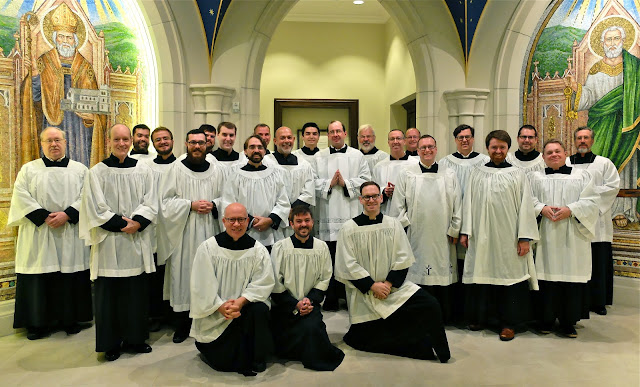The Feast of Fools Has A Lord Of Misrule
Who says the English don't know how to party?
(I)n the feaste of Christmas, there was in the kinges house, wheresoeuer hee was lodged, a Lord of Misrule, or Maister of merry disports, and the like had yee in the house of euery noble man, of honor, or good worshippe, were he spirituall or temporall. Amongst the which the Mayor of London, and eyther of the shiriffes had their seuerall Lordes of Misrule, euer contending without quarrell or offence, who should make the rarest pastimes to delight the Beholders. These Lordes beginning their rule on Alhollon Eue (Halloween), continued the same till the morrow after the Feast of the Purification, commonlie called Candlemas day: In all which space there were fine and subtle disguisinges, Maskes and Mummeries, with playing at Cardes for Counters, Nayles and pointes in euery house, more for pastimes then for gaine.
A celebration marked by much license and buffoonery, which in many parts of Europe, and particularly in France, during the later middle ages took place every year on or about the feast of the Circumcision (1 Jan.). It was known by many names — festum fatuorum, festum stultorum, festum hypodiaconorum, to notice only some Latin variants — and it is difficult, if not quite impossible, to distinguish it from certain other similar celebrations, such, for example, as the Feast of Asses, and the Feast of the Boy Bishop. So far as the Feast of Fools had an independent existence, it seems to have grown out of a special "festival of the subdeacons", which John Beleth, a liturgical writer of the twelfth century and an Englishman by birth, assigns to the day of the Circumcision. He is among the earliest to draw attention to the fact that, as the deacons had a special celebration on St. Stephen's day (26 Dec.), the priests on St. John the Evangelist's day (27. Dec.), and again the choristers and mass-servers on that of Holy Innocents (28 Dec.), so the subdeacons were accustomed to hold their feast about the same time of year, but more particularly on the festival of the Circumcision. This feast of the subdeacons afterwards developed into the feast of the lower clergy (esclaffardi), and was later taken up by certain brotherhoods or guilds of "fools" with a definite organization of their own (Chambers, I, 373 sqq.). There can be little doubt — and medieval censors themselves freely recognized the fact — that the license and buffoonery which marked this occasion had their origin in pagan customs of very ancient date. John Beleth, when he discusses these matters, entitles his chapter "De quadam libertate Decembrica", and goes on to explain: "now the license which is then permitted is called Decembrian, because it was customary of old among the pagans that during this month slaves and serving-maids should have a sort of liberty given them, and should be put upon an equality with their masters, in celebrating a common festivity." (P.L. CCII, 123).
During the Feast, participants would elect either a false Bishop, false Archbishop, or false Pope. Ecclesiastical ritual would also be parodied, and higher and lower-level clergy would change places. The lack of surviving documents or accounts, as well as changing cultural and religious norms, has considerably obscured the modern understanding of the Feast, which originated in proper liturgical observance, and has more to do with other examples of medieval liturgical drama. Over the course of a week, the ceremonies would be led by different people in positions of power within the church. On December 26, St. Stephen's Day, the deacons led the ceremonies. The sub-priests (or vicars) were in charge on December 27, St. John's Day, the choirboys on December 28, Holy Innocents’ Day, and the sub-deacons on the first of January, the Feast of the Circumcision. There is some disagreement on whether the term Feast of Fools was originally used to refer to the collection of days or specifically the celebrations taking place on the first of January. The word "fool" is used as a synonym for humble, as was common in the 11th century, rather than the modern use that treats it as another term for clown or jester.
The custom of electing a boy-bishop on the feast of St. Nicholas dates from very early times, and was in vogue in most Catholic countries, but chiefly in England, where it prevailed certainly in all the larger monastic and scholastic establishments, and also in many country parishes besides, with the full approbation of authority, ecclesiastical and civil. The boy-bishop was chosen from among the children of the monastery school, the cathedral choir, or pupils of the grammar-school. Elected on St. Nicholas's day (6 December), he was dressed in pontifical vestments and, followed by his companions in priest's robes, went in procession round the parish, blessing the people. He then took possession of the church, where he presided at all the ceremonies and offices until Holy Innocents' day (28 December). At Salisbury he is said to have had the power of disposing of any benefices that fell vacant during his reign, and if he died in office the funeral honours of a bishop were granted to him. A monument to such a boy-prelate still exists there, though its genuineness has been questioned, and at Lulworth Castle another is preserved, which came from Bindon Abbey. The custom was abolished by Henry VIII in 1512, restored by Queen Mary and again abolished by Elizabeth, though here and there it lingered on for some time longer. On the Continent it was suppressed by the Council of Basle in 1431, but was revived in some places from time to time, even as late as the eighteenth century.
- www.britannica.com
- (The) Catholic Encyclopedia
- Harris, Max (2011). Sacred folly: a new history of the Feast of Fools. Ithaca (N.Y.): Cornell University Press. ISBN 978-0-8014-6161-3. OCLC 732957185.
- An excellent article at: https://www.liturgicalartsjournal.com/2021/01/customs-and-traditions-boy-bishop.html
- Thompson, Sue Ellen (1998). Holiday Symbols (1st ed.). Detroit, Michigan: Omnigraphics. pp. 125–128.


.jpg)





Comments
Post a Comment
Your comments will be appreciated and posted if 1) they are on topic and 2) preserve decorum.
Stand by your word.